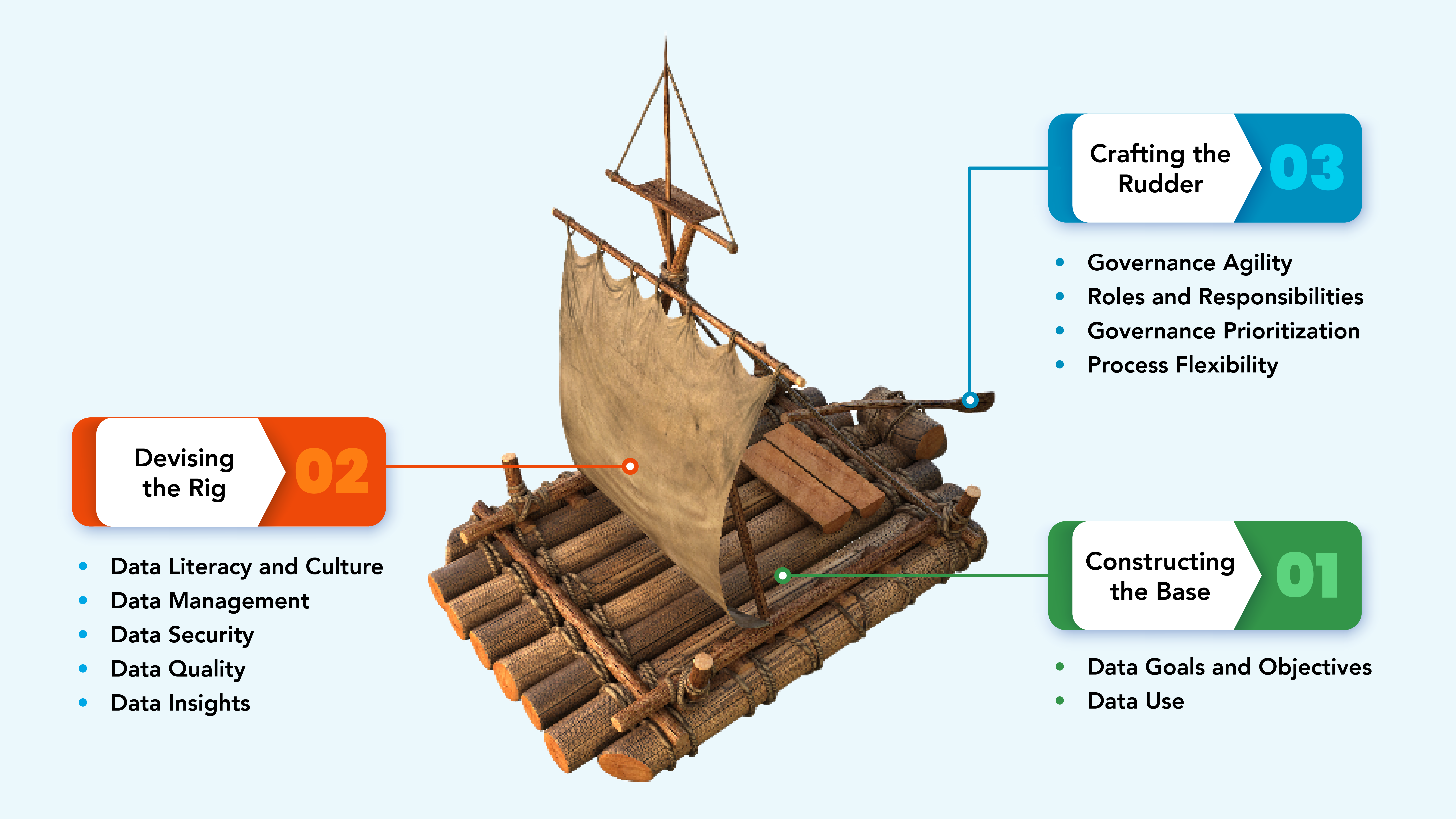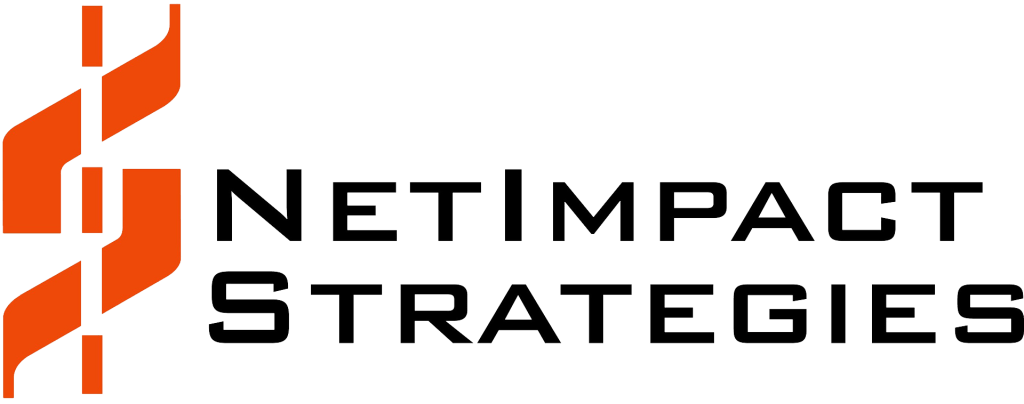By 2025, IDC says worldwide data will grow 61% to 175 zettabytes, with as much of the data residing in the cloud as in data centers1. Nearly 30% of the data generated will be consumed in real-time by 2025. According to IBM, 90% of the data in the world today has been created in the last two years alone.
Introduction
By 2025, IDC says worldwide data will grow 61% to 175 zettabytes, with as much of the data residing in the cloud as in data centers1. Nearly 30% of the data generated will be consumed in real-time by 2025. According to IBM, 90% of the data in the world today has been created in the last two years alone.
The term “Data Deluge” emerged in the late 1990s and early 2000s to capture the exponential growth in data generated by digital devices and the Internet. It describes the increasing ability to generate, store and process vast information through data warehouses, lakes, big data, and cloud. However, now with Internet of Things (IoT), enhanced connectivity, technological advancements, and widespread consumer adoption, These developments have set the stage for what many predict will be the next significant data phenomenon – the “Data Tsunami.”
Are You Ready for the Next Wave?
The Federal Government faces an overwhelming influx of data due to technology advancements and digitization. However, most long-term, multi-year data strategy fall short because the plans do not anticipate and cannot adapt to emerging data demands and the rapid evolution in data science and technology. A more agile approach with regular evaluations, collaboration, and adaptability is crucial for managing and analyzing the data deluge effectively. By embracing emerging technologies, the Government can confidently unlock the full potential of its data for informed decision-making in the digital age.
Building a flexible data strategy is key to keeping your head above water during a tsunami.
Craft a Reliable Raft
Understanding how to construct a raft can be the difference between life and death when getting to high ground just isn’t enough. In today’s digital world, the raft is a flexible data strategy that can withstand the next big wave and improve your organization’s resiliency.
A flexible data strategy keeps you afloat by allowing an organization to understand the business purpose of your data (e.g.: what they collect, how they maintain it, what it’s used for) and traverse the waves and debris to guide you to safety. What you build your raft out of and how you build it greatly impacts the raft’s performance and therefore, your survival chances.

Your data strategy, i.e., raft, starts with base timbers of Data Objectives and Data Use as a strong foundation; leverage Data Management, Data Literacy, Data Quality, Data Security, and Data Insights for proper rigging; and be guided by your Data Governance rudder.
Constructing the Base
How well you ride the waves is dependent on the buoyancy and durability of the base – the materials you select must be lightweight but hold together well enough to ferry you to safety. Similarly, your data strategy must be strong yet flexible.
- Data Goals and Objectives: For most Federal organizations, the data they collect is mandated by their mission and codified in regulatory and legal rulemaking and requirements. This forms the baseline for their data goals and objectives. However, data goals and objectives should be aspirational, flexible, and frequently reviewed and refreshed. An organization’s data needs may shift with new rules, evolving requirements or directives such as Open Data. An organization must be able to rapidly adapt to new and changing technology that can change not only their method for collecting data but also the data available and potential new uses for data (advanced analytics, business intelligence, machine learning).
- Data Use: Determining what the data is used for can facilitate an understanding your organization’s critical data and the insight into the data ecosystem. By mapping the type of data and its use, organizations can understand the value of the different data sets collected, stored, shared, and used, thereby setting the priorities for data action plans ranging from data security to analytics. As with goals and objectives, data use is dynamic and requires oversight and adjustment as the type of data, means of collection, and use change.
Devising the Rig
A vessel’s rig includes the sail, masts, and the set up. The purpose of your raft’s sail will be to help with harnessing external forces for propulsion. Like the sailcloth fiber, pattern, reinforcements, and mast arrangement involved with rigging, the below factors impact how well your data strategy keeps you moving and how well it withstands time and force.
- Data Literacy and Data Culture: As a sail’s construction affects your raft’s stability – regardless of rough waters or violent winds, your organization’s core beliefs and values around data and data use becomes the fabric of the organizations; decisions and operations. Organizations that prioritize data literacy and culture as a foundational data strategy element make more informed decisions about data management, data security, and data quality practices. The key to building data literacy is engagement at all levels of the organization from encouraging data-driven decision making to data driven experimentation and innovation. Other contributing factors to build data literacy and culture include data collaboration and sharing (breaking internal siloes to build a strong data culture and cross-organizational domain expertise) and improved skills, certification, and training.
- Data Management: To support the exponential data growth from a broad spectrum of data sources (IoT) and accommodating new data types (structured, semi-structured, unstructured, data management is also rapidly evolving. Organizations are deploying new/emerging technologies to process, store and manage data (AI, ML, NLP, big data/data lakes) and re-thinking traditional data management tools for data cataloging, data lineage, and metadata use. When structuring data management tools and techniques consider what is stored and where, what are the policies and practices for data retention, access, integration, and sharing. It’s important you think into the future and plan your data management with the full lifecycle in mind. Often organizations store data without thinking critically about its useful life and retention requirements. By re-examining policies, an organization can make better decisions on where and what is stored, helping to stem some of the rising tide.
- Data Security: Data security and privacy has never been so critical. Organizational reputations and public trust are fragile and with new directives such as Zero Trust data access and need-to-know are prioritized. Organizations must now examine their data security and privacy based on both external and internal threats. Data security and privacy become more complex with increased data integration and sharing. A Data Strategy must include an approach for tackling this complex subject. To avoid being overwhelmed, address data security as an iterative project and prioritize high value or critical data and cascade applicable techniques throughout the organization.
- Data Quality: Emphasizing Data Quality in an organization’s Data Strategy supports the base established for data use and objectives. It establishes clear and consistent data quality standards can control the acceptance and storage of data. The expectation that data will be “perfect” to be collected, stored, shared or used is not a realistic goal and often counter to the mission and objectives of many organizations; however, setting minimum quality requirements ensures you rig your data strategy for functionality and purpose, which provides a mechanism for controlling the data deluge.
- Data Insights: Data insight is the transition of data into information and knowledge by applying context and meaning. Data insights are often the result of analytics or more advanced machine learning and AI techniques. Data and organizational maturity in areas such as data management and data literacy can accelerate data insights; however, all organizations should include aspirational goals in data insights focused on their base, Data Use and Data Objectives to ensure meaning.
Creating the Rudder
Data governance traditionally steers your data strategy raft, but a data tsunami may require organizations to rethink their approach to governance. Any data governance must be flexible and focused on making meaningful changes iteratively – being agile. Agile data governance is about rapid response to change. This level of adjustability defines how well your organization adapts to changing directions. While this is easier said than done in bureaucratic organizations, some keys actions to setting up agile data governance are:
- Governance Agility: Streamline your governance processes and decentralize them to provide a new level of flexibility that enables governance to keep up with iterative changes expected of your data from the dynamic landscape. By distributing decision-making authority across various levels and departments, the agency fosters a more flexible and adaptive organizational structure that empowers the right decision-makers at their levels to make more timely and responsive decisions. Agile governance also enhances the culture of ownership and accountability, which enables teams to become more proactive in addressing issues.
- Roles and Responsibilities: Often data governance is steeped in roles and responsibilities such as data stewards, data custodians, data owners and data users. Unlock these traditional roles by rethinking about the subject experts or domain experts. This will allow data ownership and data governance to be driven by those individuals who know it best and use it. Although data security and management remain critical (data custodians and stewards), data value is set by how data is used.
- Governance Prioritization: Identify the data that is most important to the organization and focus on governance processes for that data first – this focuses you on the high-value data. This prioritization focuses your limited resources on what truly matters to your organization and ensuring final governance processes are conducive to your data objectives.
- Process Flexibility: Optimize your business processes with flexibility in mind by evaluating where you can apply modularity and scalability. For example, improve your governance processes by decentralizing elements to encourage localized solutions to meet data goals. Enabling the team, the space to adjust iteratively positions them to navigate uncertainties with confidence and operate based on the data need. The right data culture, data quality standards, and data management policies serve as guardrails to ensure decentralized processes align your overall strategy and avoid tipping the raft.
What’s Next?
Exponential data growth from new and emerging sources will drive the second wave in the data tsunami. Being flexible, adaptive, and employing agile data strategies enables organizations to shift and rise with the changing tides. By building a resilient data strategy focused on key principles of data use and data goals and objectives, organizations can navigate dangerous waters.
Need help building your raft? NetImpact is a digital transformation disruptor solving today’s challenges for the public sector while readying them to capitalize on tomorrow’s opportunities. Our DX360°® services and products are driven by a cohesive innovation framework that produces comprehensive digital capabilities combining Strategy, Culture, Technology, and Data.
Contact us today to learn more about how our Data Insights offerings, including AI.Impact™, help you or your customers achieve data-driven decision-making and high-quality digital mission enablement.
References
IDC: Expect 175 zettabytes of data worldwide by 2025 | Network World
Federal Data Governance Playbook


